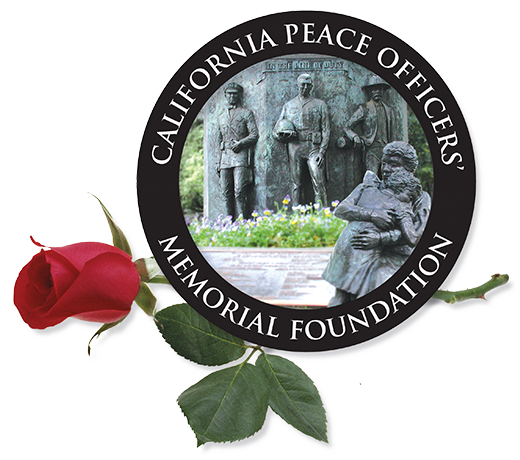Nobody who ever worked with James Guelff was surprised that he was the first officer to arrive at Pine and Franklin streets, where a gunman was firing rounds into the night.
“If it was hot, Jim was always there first,” said Sergeant Larry Price, Guelff’s supervisor. “It was amazing but he always got to a crime scene first. If you ever did happen to beat him there, you could look over your shoulder and see him pulling up right behind you.
Guelff’s driving skills and gung-ho attitude were legendary among his colleagues in the San Francisco Police Department, as were his smile and quick wit.
That enthusiasm and uncanny ability to arrive first may have cost the 38-year-old Guelff his life on November 14, 1994. He was shot and killed by heavily armed Victor Boutwell, who was later killed by a police sniper.
“Jim Guelff did not die in vain,” Officer Dave Herman said. “[Boutwell] was on his way somewhere to do something terrible. His destination was not Pine and Franklin. Jim was just there first, and this guy had immense firepower waiting for him.”
The gunman was armed with two assault rifles, an Uzi automatic pistol, a Colt .45 and a Glock 9mm pistol. Guelff carried only with his department-issued six-shooter, which he emptied at Boutwell before being shot.
A 10-year veteran of the SFPD, Guelff spent his entire career at Northern Station. He earned several commendations, including a medal of valor in 1990 after he apprehended a gunman while off duty.
“The guy was intense,” said Officer Robert Clevidence, Guelff’s partner last year. “He knew how to get things done, and fast.”
But along with that intensity, there was a warmth that was, literally, disarming. “His mode was to smile,” Sergeant Price said. “He knew how to treat people. He would rather solve a problem by talking. and he was damn good at it.”
A divorced father with two small children, Guelff amazed his friends by finding time for everything in his life. “I don’t know how he did it,” said a friend. “He was a great cop, a great buddy and a great father.”
San Francisco police Captain Richard Cairns told Guelff’s children Laura, 8, and Landon, 6, during his eulogy that, ‘Your father gave the most important thing that anyone can give, his life, so that innocent people will live. He’s a great hero.”
Guelff was born in Michigan and grew up in Santa Maria and San Luis Obispo. He became a police officer on his birthday in 1984. His siblings remembered a friendly kid with a slightly rowdy streak who grew up to be a smiling, lively gentleman, with just the right amount of tough guy to be a great cop.
“Jimbo was my guardian growing up,” said his younger sister, Nan Klecka. “He never picked on me, but he was always there for me.” His older brother Lee said, “I know this sounds cliched, but he really was truly a great human being and the perfect brother.”
“He was an outstanding officer who loved police work,” said Al Trigueiro, president of the police officers’ association. “It’s never easy to lose one of your own. Jim was well liked and respected.”
The department allows officers to carry semiautomatic pistols. ‘I warned him about that for years,” Clevidence said. “He could have had 16 shots instead of six. He would do anything for anyone else, but he just never bought anything for himself.”
Contributions to the Guelff Family Trust can be sent to: San Francisco Police Credit Union, 2550 Irving St., San Francisco, CA 94122.

 Throughout the department, colleagues remembered Heim as an outstanding officer who had yearned to work in the LAPD’s mounted unit from the day he first heard about it.
Throughout the department, colleagues remembered Heim as an outstanding officer who had yearned to work in the LAPD’s mounted unit from the day he first heard about it.